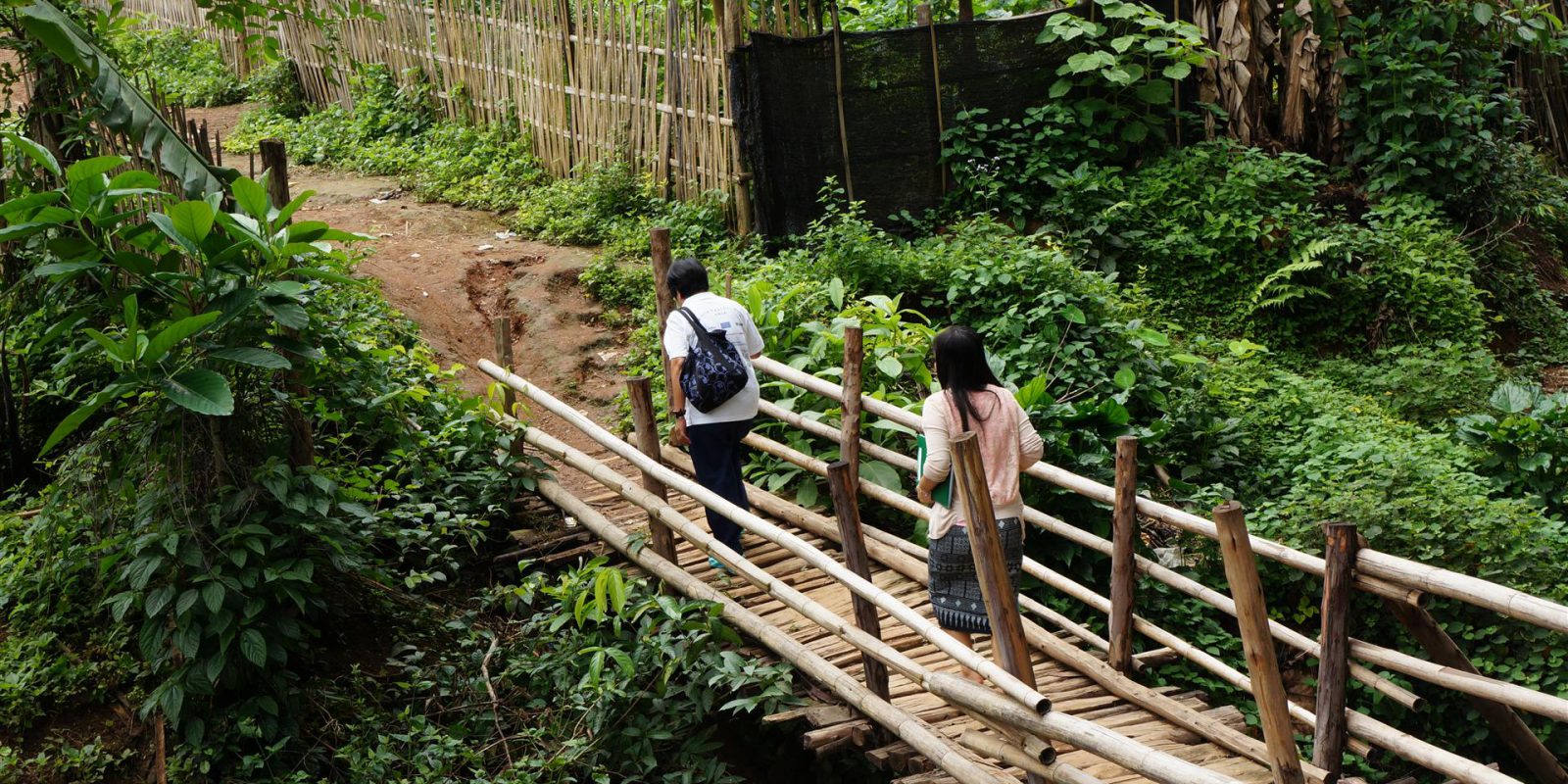Philippines: Laguna Lake residents weather the storm
08 November 2012|Louie Bacomo

Laguna Lake, 8 November 2012 — Communities around Laguna Lake, a 911 sq. km freshwater lake just east of Metro Manila, continue to suffer flooding and displacement from a succession of tropical storms that hit the country this month, rounding off with Typhoon Ofel on 29 October.
“I can hear the waves crashing into the walls of our house [at night]”, Helen, a 53-year old grandmother and long time resident of Laguna, who cannot sleep at night for fear of the storms, confided in me while we stood in the kitchen with lake water splashing at our feet.
Norrie, Helen’s husband, has already taken off the wooden kitchen wall to save the plywood from damage. During strong winds and rains, Helen takes her six-year old granddaughter to stay with relatives living on dryer ground.
Peoples’ safety and livelihoods are continually threatened by the absence of relocation plans, insufficient support services and increasing poverty. Typhoon Ofel has so far left 36 people dead and missing, while displacing close to 11,000 people, and affecting more than 3,500, according to local news sources.
Rains bad for business
The onslaught of disasters continue to wipe out peoples’ investments in infrastructure and materials, heightening vulnerabilities. One couple, Jernee and Aiza, make paper maché products for a living, earning a daily wage of 140 pesos, or US $3.30. Though it was once a big export industry in Laguna, the dampness of the rainy season ruins the export quality of the paper maché.
Fishing, the traditional livelihood in this area, is also futile during this time as the waves are too strong, according to local people. As one of the poorest areas in the municipality, Cabulusan residents rely heavily on farming, fishing and paper-maché‚ all of which have nosedived as a result of the storms.
While Laguna Lake used to be a primary source of fish, “it now takes too long to grow fishes in cages. I have not harvested in the last two months,” the local village barangay said. Other families have to take out loans to keep businesses running, “otherwise we will have nothing to eat,” Edna Florano, a single mother of four, told JRS.
Relocation stalled
Jernee and Aiza Agnes returned one week ago to find that after two months, the water has only receded about 10 meters from where it was during the August floods that destroyed more than 14,000 houses, according to the International Federation of the Red Cross. “[Three months] was too long to stay in someone else’s house,” said Jernee, explaining why they returned.
While up to three million people in 30 cities throughout 16 provinces in Luzon were affected by the raging August monsoons, according to an August 11 report by the Department of Social Welfare and Development (DSWD), about 325,371 are from Laguna.
While the local village chief, or barangay, proposed a relocation site to the municipal government, payment negotiations for the private land has stalled.
Storms continue to rage
The typhoon season will last until the end of this month, and with an annual average of 20 tropical cyclones, people only recover one storm to get hit by the next.
“I cannot clean the mud off my floor because another storm might flood my house again,” said one resident. Typhoon Ofel comes three years after typhoon Ketsana— the second most devastating typhoon in the region in recent decades— hit communities in Cabulusan, Panguil in October 2009, leaving more than 740 people dead and a billion dollars worth of damages.
Florida Sahagun, a widow, recalled “waves as high as coconut trees” from Ketsana that destroyed the upper section of her house. She is now repairing her mud- encrusted house from the August 2012 floods to make it liveable again.
Chona Unabia, another flood survivor in Panguil, had her house destroyed by Kestana and now wishes to relocate. “The government provided PHP 70,000 (USD 1,667) to rebuild a house, but we had no land that is safe to build,” she said. The family continues to face the onslaught of typhoons that come their way each year.
Those who have returned to their homes after two months of flooding once again preparing to evacuate. On 29 October, during the JRS team visit, the government issued storm signal 1— a warning to the disaster response teams in all municipalities to be on standby alert. Many families will not be able to sleep tonight.



